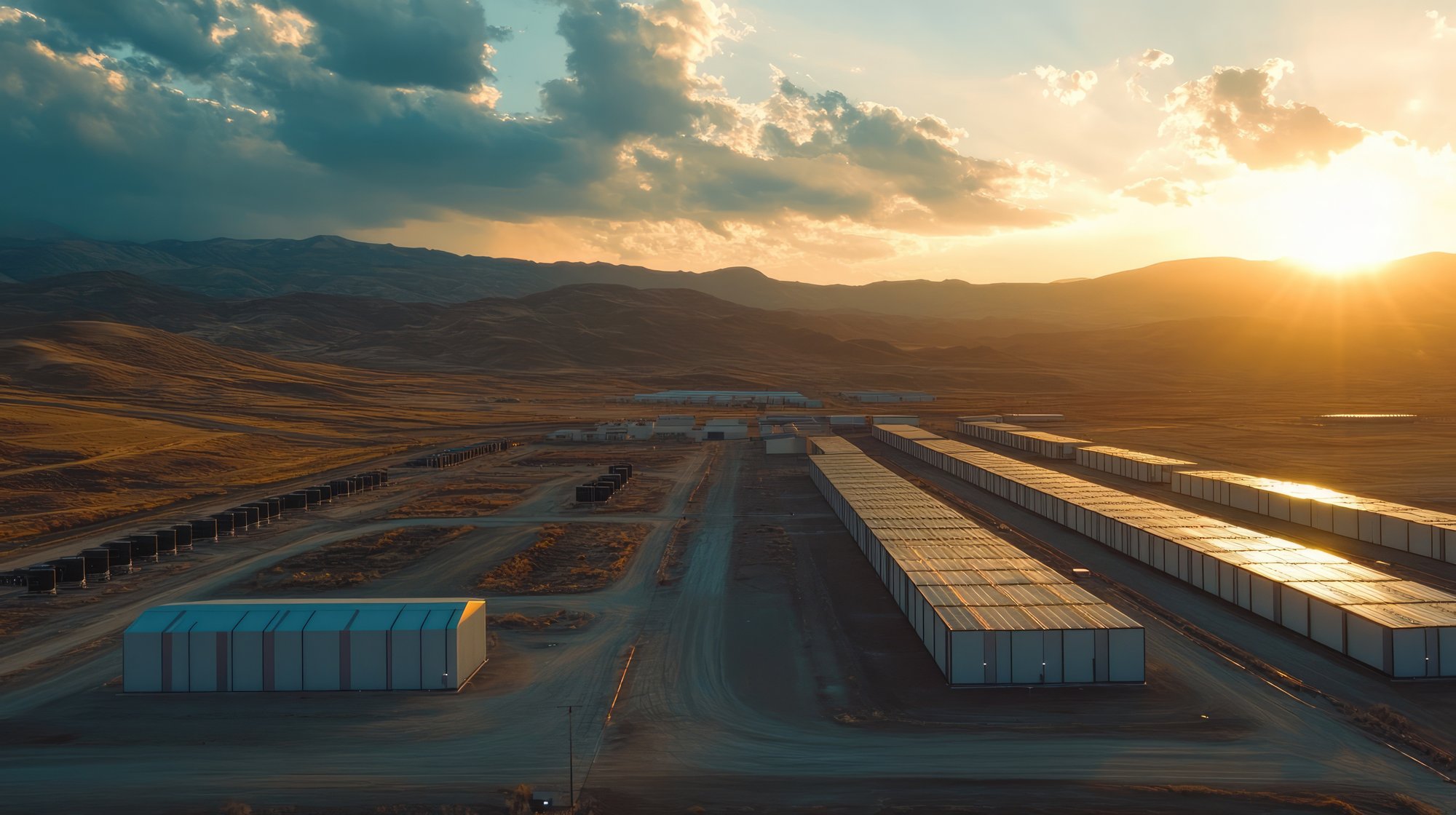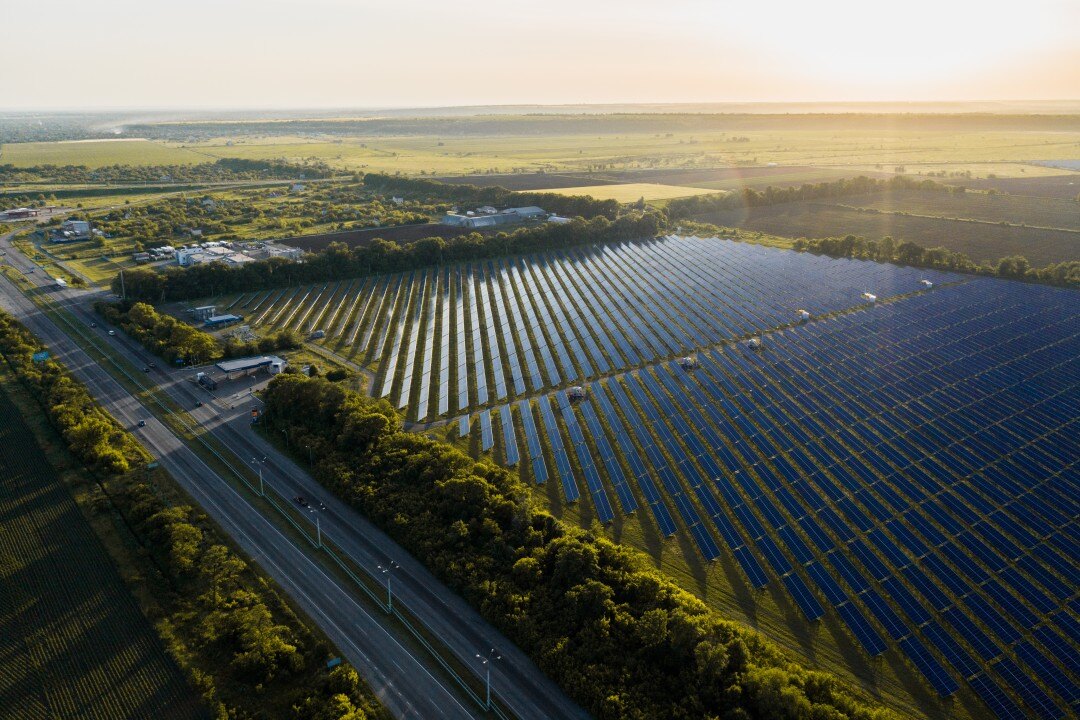Article Series: The Top 4 Solar Asset Monitoring Challenges—and What You Can Do About Them

Stay in touch
Subscribe to our newsletter for expert insights, company updates, and the latest in renewable energy management solutions.
Let’s be honest: Developing and implementing robust and scalable commercial asset monitoring software applications isn’t easy. And, while we have many smart people working to develop software applications for PV monitoring and performance optimization, the solar industry faces some big challenges when it comes to taking advantage of what’s currently available and preparing for innovations to come.
Why? Well, whether the core monitoring methods use first principle physical models, artificial intelligence or machine learning, they all rely on a foundation of good quality process data. This foundation of trustworthy data can be very difficult to achieve—especially when you’re talking solar assets. And that’s just the beginning.
For the past 35 years, I’ve developed plant monitoring applications, so I know first-hand how difficult it can be to get them to work effectively. I’ve also picked up a fair amount of knowledge when it comes to overcoming these challenges, and that’s what this article series is about.
I’ll start by laying out the top four challenges of developing and implementing asset monitoring software. Then, in the second half of the series, I’ll discuss ways to address these challenges.
THE TOP 4 SOLAR ASSET MONITORING CHALLENGES
- The challenge of real-world data
- The challenge of scale
- The challenge of granularity
- The challenge of selecting the right model
Any one of these challenges can cause a solar monitoring application to fall flat on its face—and once operators lose confidence in the application, it’s doomed. Is there hope for any solar monitoring application? What can be done to overcome these challenges?
At Power Factors, we believe these problems can be addressed and overcome, but a new approach is needed. The solar asset class is distinct from traditional power generation equipment and from wind power assets. The quality and granularity of data sensors is different, and the energy conversion process takes place in a hermetically sealed semiconductor package with no moving parts. How, then, do you approach performance monitoring for this type of asset?
If renewables are going to change the way the world is powered, we need to know how they are performing relative to bank models and expected performance. Just because it’s challenging doesn’t mean it’s not worth doing.
Thank you for reading along. Looking forward to your questions and ideas.
Steve Hanawalt is an EVP and Co-Founder at Power Factors. Follow Steve and Power Factors on LinkedIn. For more information about Power Factors, please contact us at sales@pfdrive.com.


-2.jpeg?width=2000&name=AdobeStock_785443953%20(1)-2.jpeg)


